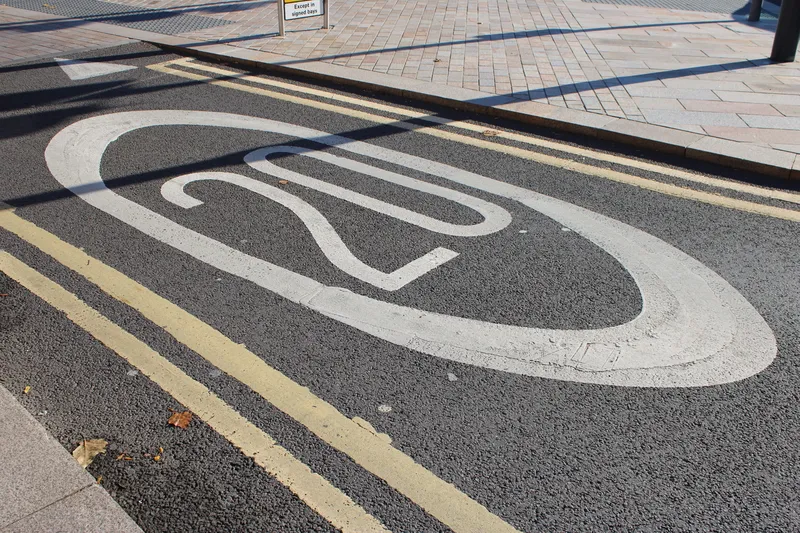The government of New Zealand aims to improve road safety in the country by installing more speed cameras nationwide. Currently, the ratio of speed cameras per 0.1 million people stands at 1.3 compared to 2.5 and 4.8 in the Australian states of New South Wales and Victoria respectively. The New Zealand Transport Agency (NZTA) is to be allocated US$8.05mn to increase the number of speed cameras from the existing 55 units to 100 or more by 2015.
August 31, 2012
Read time: 1 min
The government of New Zealand aims to improve road safety in the country by installing more speed cameras nationwide. Currently, the ratio of speed cameras per 0.1 million people stands at 1.3 compared to 2.5 and 4.8 in the Australian states of New South Wales and Victoria respectively. The 6296 New Zealand Transport Agency (NZTA) is to be allocated US$8.05mn to increase the number of speed cameras from the existing 55 units to 100 or more by 2015.
Associate Transport Minister Simon Bridges welcomed plans to increase the number of cameras, saying New Zealand was on the light side when compared to Australia. "All international evidence shows that speed cameras are highly effective in slowing vehicles down and saving lives." Bridges said cameras could include a mix of fixed, mobile, and point to point cameras.
Associate Transport Minister Simon Bridges welcomed plans to increase the number of cameras, saying New Zealand was on the light side when compared to Australia. "All international evidence shows that speed cameras are highly effective in slowing vehicles down and saving lives." Bridges said cameras could include a mix of fixed, mobile, and point to point cameras.










